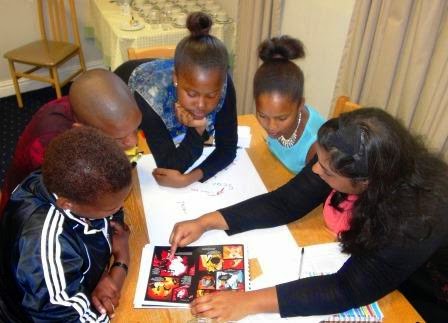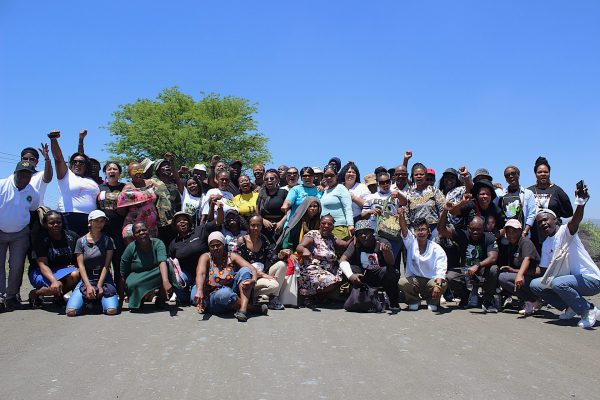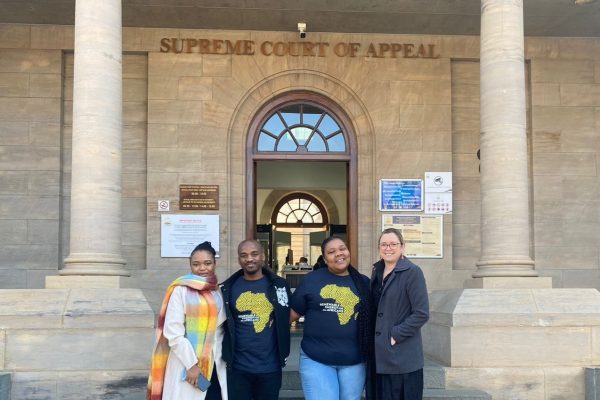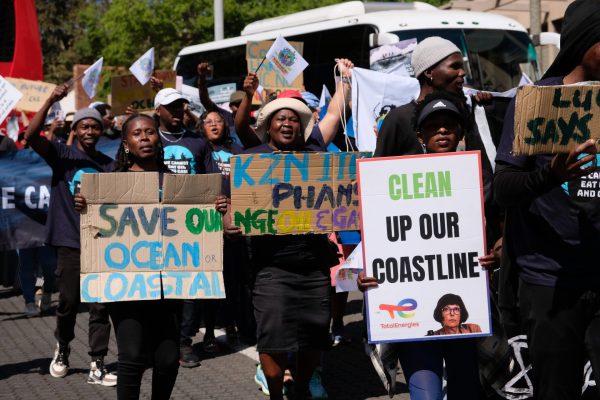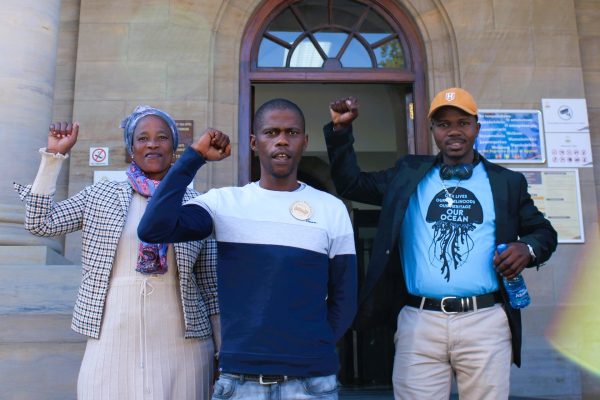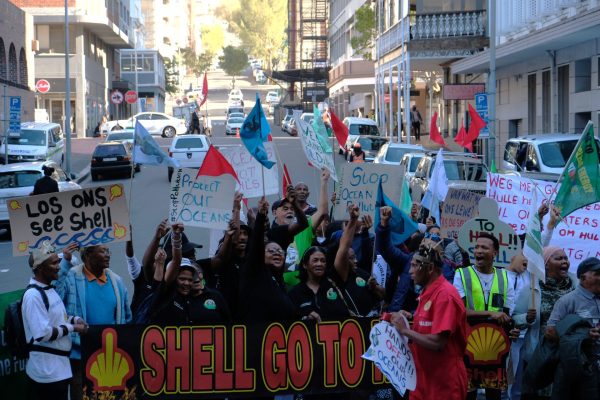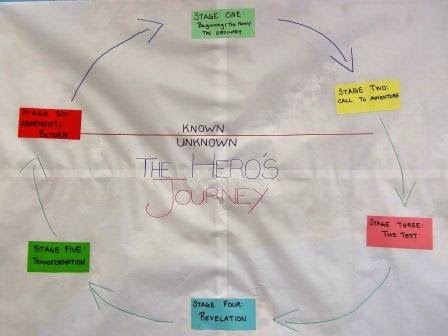 Natural Justice on an annual basis collaborates with the University of York on various policy-related projects, this year we are looking into the South African work around the Khoi and San peoples, which involves firstly, reviewing the impact of the Amendment 2014 to the Land Restitution Act on the Khoi and San peoples land rights, and secondly building on the Heroes Project through an identity workshop with youth from the Khoi, San and other South African communities. Through The Heroes Project, Natural Justice, the Srishti School of Art, Design and Technology, and the Law, Environment and Design Laboratory (LEDLab) explores psychosocial approaches to the law.
Natural Justice on an annual basis collaborates with the University of York on various policy-related projects, this year we are looking into the South African work around the Khoi and San peoples, which involves firstly, reviewing the impact of the Amendment 2014 to the Land Restitution Act on the Khoi and San peoples land rights, and secondly building on the Heroes Project through an identity workshop with youth from the Khoi, San and other South African communities. Through The Heroes Project, Natural Justice, the Srishti School of Art, Design and Technology, and the Law, Environment and Design Laboratory (LEDLab) explores psychosocial approaches to the law.Recently a two-day workshop with youths from Pollsmoor and Westlake Communities of the Cape Town area was completed. Jason Bridgewater, a Master’s student at the Centre for Applied Human Rights, the University of York, authored this reflection on the process.
Through group and individual activities, in combination with the ‘Return to the Kalahari’ graphic novel, the students have explored the themes of identity, multiple stories and social scripts.
On the first day, after a morning of team-building, followed by interacting with the graphic novel, I was left taken aback by the profound responses of the youths and their interaction surrounding the idea of Heroes. Following lunch, the students addressed how complicated identity is through character mapping and looking at identity markers. In particular, they discussed in-depth the different aspects of themselves and their backgrounds which bring both discrimination from others and the most joy to themselves. Interestingly, sometimes these aspects were the same, e.g. ethnicity and race.
On the second day, the workshop began with warm-ups and a reflection of the previous day, recalling sections from the novel which were most memorable to them. Scar, the gangster character from the novel, and also the changes in the children undergo through meeting the spirit animals, are just two of the areas of the novel that appeared to be memorable to them.
After having produced an insightful material reflection of themselves in the form of a poster about where they came from, who they are, and what has influenced them, their next challenge was to create a presentation to represent themselves as a group.
As I sit here observing the design process there are scripts being written, a drum beat being played, girls swirling in scarves, and artwork being designed. Teams have gone through meltdowns and come out the other side – I look forward to seeing the two days come to fruition after lunch with these performances.

